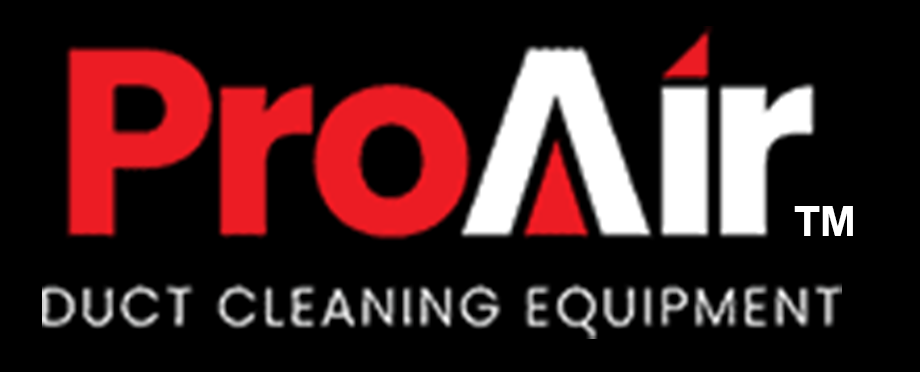We are all aware of how important home maintenance is post-COVID-19. Thus, we advise using the proair duct cleaning equipment to clean your ducts effectively. The good news is that you may save a lot of time and money in the long run by doing regular maintenance and watching out for specific warning signs. However, not everyone takes into account the significance of ductwork.
Ductwork is a vital part of homes with HVAC. These ducts assist in circulating air between adjoining rooms. Ductwork will keep you and your family comfortable all year long, whether the heat comes from the furnace or the air conditioner. This system, however, isn’t always simple and occasionally needs extra care. Due to this, you should properly examine ductwork house warranty coverage.
Individuals often consider the HVAC system and ductwork to be different systems. Your furnace and A/C equipment require special maintenance. It’s crucial to understand that the ductwork in your house is subject to the same law.
What Are the Signs of Problems in the Ductwork?
The ductwork in your home should serve you for 10 to 15 years. You should examine and clean your ducting every two to three years to keep infections at bay and to identify issues before they become a hassle. Also, you need to clean your ductwork more often if you have dogs.
It’s possibly beneficial to examine your ductwork if you detect any of these signs:
- Inconsistent temperatures throughout your home
- Heating or A/C filters getting dirty more frequently than usual
- Strange noises from your vents
- Weak airflow or stuffy air in your home
- Unpleasant or moldy smells from your vents
- Increase in allergies for you or your family while indoors
- Uneven temperatures
Please make an effort to look into these indications whenever they appear because issues with your ductwork can drive on any or all of them.
What Is The Expense Of Fixing Ductwork?
Ductwork replacement might cost anywhere from $1,900 and $6,000. Depending on the area of your residence, the average cost per square foot is roughly $4,000. If you own an older home, this cost might increase by as much as $7,000 per year.
However, there’s no need to burden oneself with high expenses. Certain home warrants also cover your ductwork along with other home systems and appliances. So if you find that your ducting has a problem, you may relax knowing that you won’t have to pay these outrageous prices.
Coverage For Ductwork Under A Home Warranty
Homeowner’s insurance does not cover cleaning, repairing, or changing ductwork. Likewise, some home warranty providers might not cover your ductwork, depending on your contract’s terms.
Thankfully, some home warranty providers offer coverage for HVAC and ductwork systems.
It’s also fairly typical to get a house warranty that covers the heating and cooling equipment in your residence. Even older appliances can be covered. It doesn’t matter how old a house warranty should cover the parts that make up your HVAC systems and ductwork if you’re going to cover HVAC. After all, these two systems collaborate to maintain the comfort of your home.
If you hear strange whistling noises from your ductwork because of cracks, hear popping noises because of air pressure problems, or experience poor air circulation and unexpected energy costs, it could be time to file a claim.
These warranty companies will assist in connecting you with a licensed service technician who can detect and resolve the issue. Further, such warranties guarantee they’ll pay for necessary repairs or replacements.
Be aware that ductwork coverage under a house warranty has a few uncommon restrictions. For instance, if you install your ductwork with the wrong size, there can be problems. In the end, you want to be certain that you are familiar with the conditions of any home warranty.
How to Inspect Ductwork
With time, clogged and dusty vents will develop major issues. Your family might get sick from dust-related illnesses, which could result in greater energy costs from your HVAC running harder.
Mold and dust can destroy your home silently. Avoid letting mold grow because it could harm your house and is not a part of the home warranty.
Check your HVAC systems frequently for dust accumulation. If you experience any problems, use a flashlight to search inside your ducts for any indications of dust accumulation or mold growth. Furthermore, you can come upon dead insects or animal waste. Finally, ensure careful while inspecting your exterior ductwork, and use tape to cover any holes or exposes.
How to Maintain Clean Ductwork
Every two to three years, in addition to conducting yearly maintenance on your home’s air conditioner, you should also clean your ducting. All homeowners might not be able to clean all of the ducting. A lot of specialized equipment is necessary for this kind of cleaning. Also, cleaning your ductwork in the wrong way could exacerbate problems.
It is necessary to make holes in the ductwork to access difficult parts. But, again, these responsibilities are for a qualified technician.
There are certain things you can do to maintain routine maintenance on your ductwork. However, we don’t advise cleaning your complete air duct system alone.
- Use a cloth or paper to wipe down the air supply registers.
- Take off the supply registers and use a hose-equipped vacuum to eliminate extra dust in your ductwork’s convenient areas.
- After 90 days, change the air filters.
Home warranties do not cover routine cleaning, but if a problem occurs during cleaning, whether by you or a professional, don’t hesitate to report it.
Conclusion
Duct cleaning and maintenance can be expensive. Thus, covering it under your home warranty can be beneficial. However, not all house warranties take responsibility for meeting your service costs. Thus, check on these aspects and sign up with a company accordingly. Ensure you note all the aspects well before making a bond. House warranties are crucial and so choose them with care.

